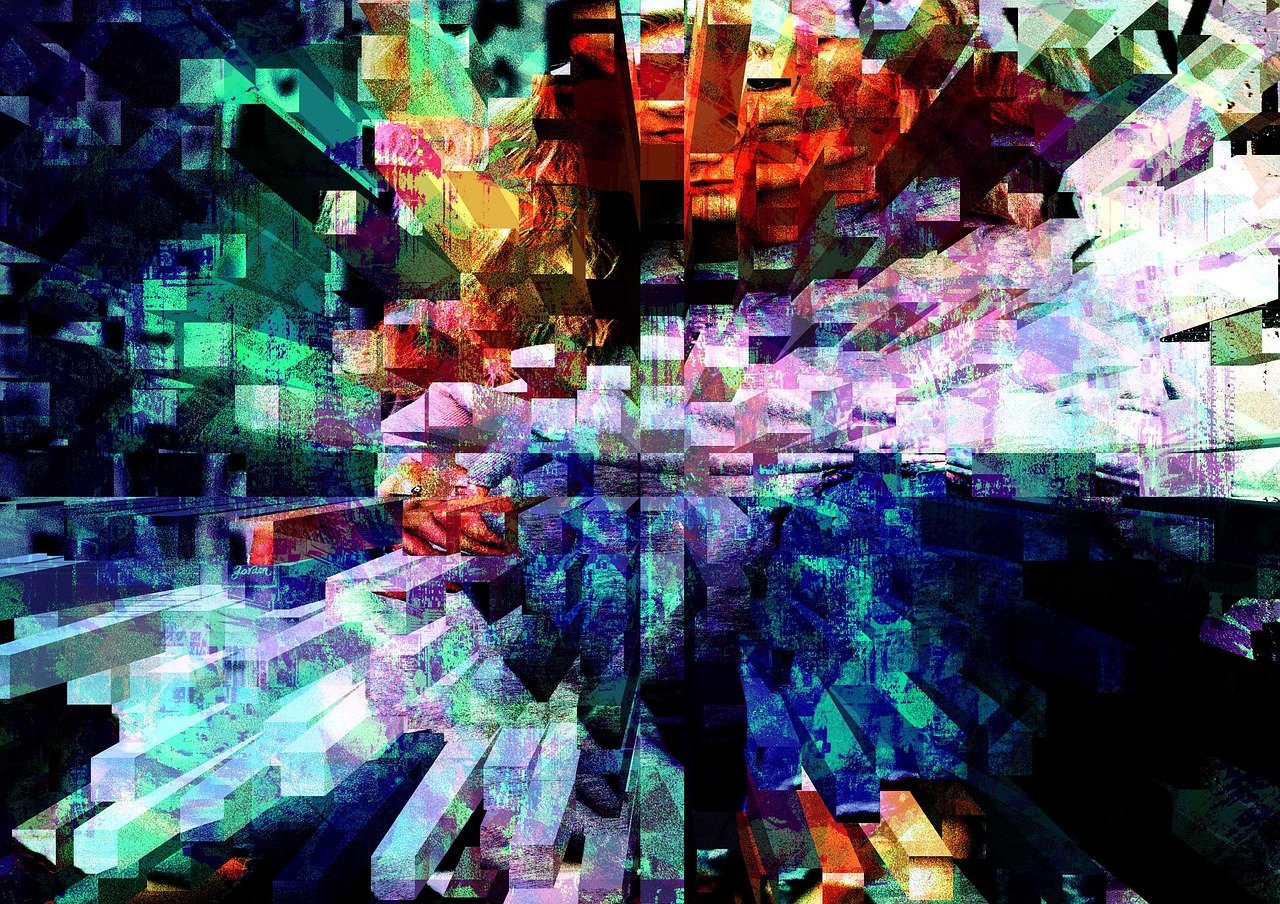The integration of the two sides of our character, the active and the contemplative, is seen in the Gospel of St John as the integration of our human and our Divine side, as exemplified by Jesus. In the following extract of ‘Journey to the Heart’ Laurence Freeman explains:
“John’s is the most mystical of the gospels but at the same time it offers us moving glimpses of the humanity of Jesus – his being tired on a hot day and needing a drink of water, his weeping for a friend who has died – which we do not find in the other three accounts. It is a text of great depth and potency while also being simple and readable….Bede Griffiths felt his life take a new direction after reading this gospel at an intense moment in his search for depth and meaning. It was clear that this was one of the most significant works of human genius. Whatever its precise import might be, it was the record of an experience of an unfathomable depth. Both the person and the doctrine portrayed were of a beauty beyond all human imagination. There was nothing in Plato that could be compared with them. “I realized that to reject this would be to reject the greatest thing in all human experience. On the other hand to accept it would be to change one’s whole point of view. It would be to pass from reason and philosophy to faith.” (Bede Griffiths, The Golden String)
John’s mysticism is new in world history, not merely philosophically but because of its vision of the highest reality integrated with the most ordinary aspects of the human sensory world. This is evident not only in the Gospel that bears his name but in the letters attributed to him and which declare this to be a mysticism of love – humanly divine or divinely human according to your starting point: ‘It was there from the beginning; we have heard it; we have seen it with our own eyes; we have looked upon it and felt it with our own hands; and it is of this that we tell. Our theme is the word of life. This life was made visible: we have seen it and bear our testimony…so that you and we together may share in a common life.’ (1Jn 1:1-3)
Yet despite this this-worldliness, the ‘high Christology’ of John is laid out daringly in the Prologue to the Gospel where he equates Jesus the man with the eternal Logos. Word and flesh uniting is the core paradox of John’s gospel. As we might expect from the core opposition of word and flesh, the whole gospel is built on paradox. Throughout the Christian mystical tradition the expression of the deepest experience usually employs paradox to say the unsayable…..The person of Jesus himself is the unifying focus of these apparent contradictions and personal discipleship is the way this focus becomes a force in one’s own life…..
John’s mystical vision explores the highest state of union with God. This is explicit theologically in the assertion of the Word made flesh in the Prologue. Existentially, it is illustrated in all that Jesus says and does and undergoes in his humanity, including his death. He does and says nothing that does not explicitly reflect his (non-dualistic) relationship with the Father.”
Laurence Freeman OSB
(Extract from ‘Journey to the Heart – Christian Contemplation through the centuries – an Illustrated Guide’ Editor Kim Nataraja)
Image by Waltteri Paulaharju from Pixabay







